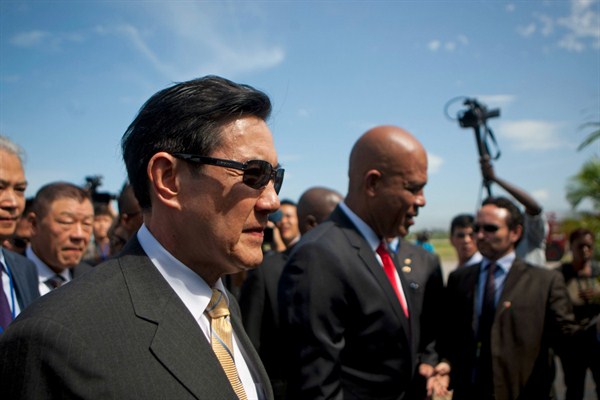They may be far from East Asia, but Central America and the Caribbean have become important battlegrounds as Taiwan tries to stave off further international isolation. The regions occupy a disproportionately large place in Taiwan’s foreign relations, home to 13 of its 32 technical missions, and 10 of its 18 embassies—more than Asia and Africa combined. Yet in the past year, China has pulled away two of Taiwan’s oldest allies there, Panama and most recently the Dominican Republic, which severed its diplomatic ties to Taiwan this spring, enticed by some $3 billion in Chinese incentives, according to Taipei.
Panama’s decision last year to cut ties with Taiwan was motivated by access to Beijing’s huge global infrastructure program, the Belt and Road Initiative, which is designed to promote economic development and regional connectivity on China’s terms. At the time, Panamanian President Juan Carlos Varela called his country’s decision “a model for other countries [in the region] to follow.” The clarion call of Beijing is now tempting more of Taiwan’s friends in the Caribbean, among them Haiti, to which China pledged $5 billion for infrastructure development last year.
Though they may be small, developing island nations like Haiti, St. Lucia and St. Kitts and Nevis are in fact key to the viability of Taiwan’s foreign relations. The gears of Taiwan’s robust economy have less to do with formal diplomatic recognition and more with having its financial interests represented through trade offices abroad and relying on trading partners who adhere to the “One China” policy. But its dwindling diplomatic partners still provide a different currency: a voice willing to speak in favor of Taiwan’s participation in international organizations like the World Health Organization and the United Nations, as a counterweight of sorts to China.

